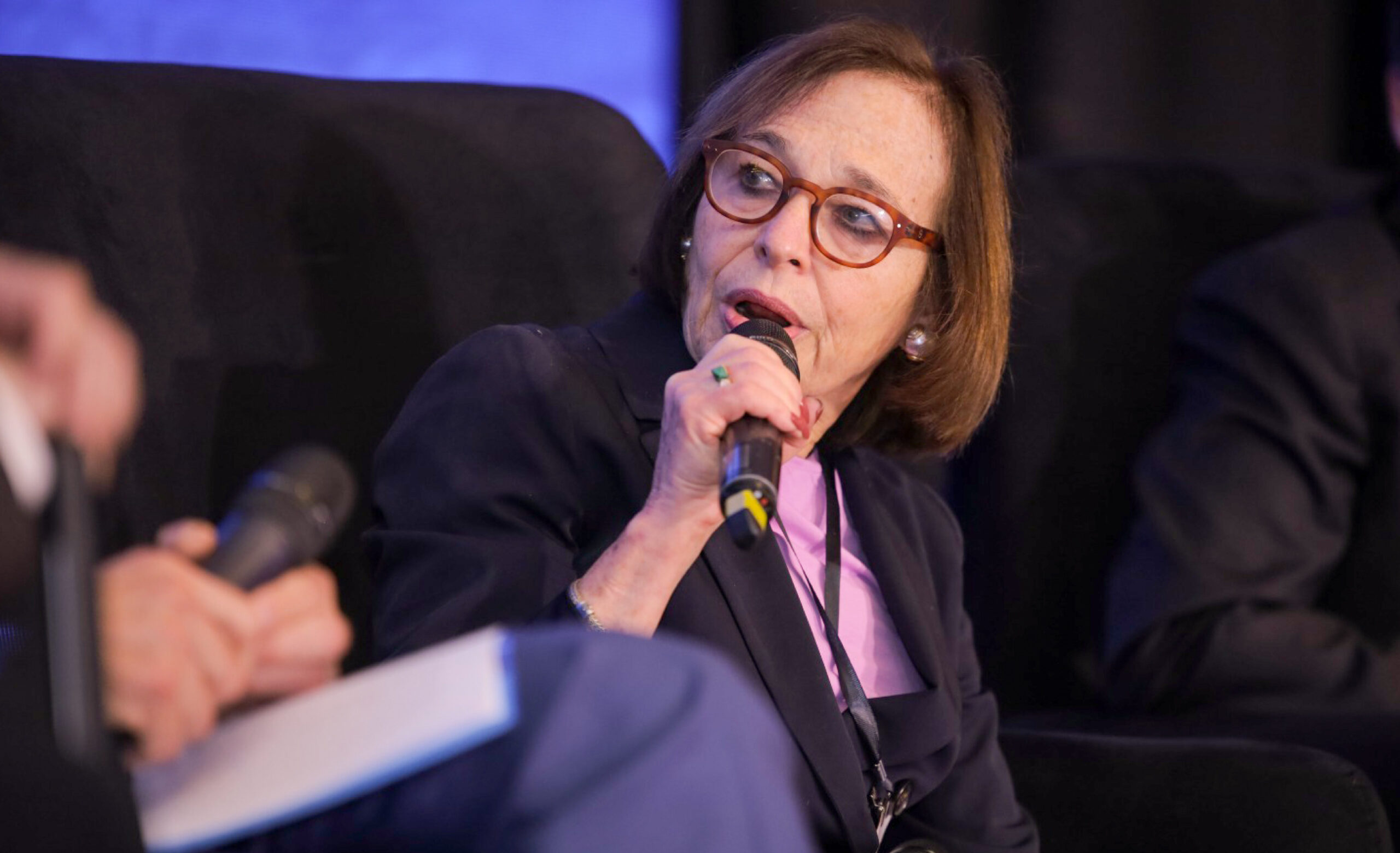Explainer: Ecuador's 2017 Presidential Elections
Explainer: Ecuador's 2017 Presidential Elections
For the first time in more than a decade, Rafael Correa will not be on the ballot. The first round takes place February 19.
Updated February 9.
What’s being voted on
On February 19, Ecuadorans head to the polls for general elections to choose the president and vice president, along with all 137 seats in the country’s unicameral legislature and five representatives to the Andean Congress. An expected presidential runoff is slated for April 2. The country’s National Electoral Council (CNE) said about 12.8 million of the country’s 16 million citizens will be eligible to vote this year, including some 380,000 expat voters. Voting is mandatory in Ecuador; turnout in the last general elections in 2013 was just over 80 percent.
Correa’s legacy on the line
For the first time in more than a decade, current President Rafael Correa will not be on the ballot. Although Congress did remove term limits in a December 2015 reform package, the new amendment will not go into effect until after the next president is sworn in—a concession Correa made to congressional opposition leaders in order to get the amendment passed. That said, he’s hinted several times he’d be game to return to the presidential residence. “If they keep bugging me, I’ll run in 2021 and we’ll beat them again,” he said in a year-end radio broadcast.
But the last few years of his decade in office have left his legacy in doubt. After years of high oil revenues and infrastructure expansions, the drop in barrel prices cut billions from the country’s budget. Among other measures, Correa responded by increasing taxes and government spending; per one estimate, the size of government as a percent of GDP doubled during Correa’s tenure from 21 percent to 43 percent. So, while government workers feel financially secure, the private sector and entrepreneurs face a more difficult economic environment. The International Monetary Fund projects Ecuador will contract 2.7 percent in 2017, after a 2.3-percent contraction—and 7.8-magnitude earthquake—in 2016 put the economy on its heels.
More Ecuadorans disapproved of Correa’s administration than not in December 2016, a blow for the president who enjoyed 60 percent approval ratings for much of his presidency.
Who are the top candidates?
Correa’s popularity will have the most direct implications for Lenín Moreno, 63, the president’s former vice president and chosen successor on his PAIS Alliance party ticket, who currently has a healthy lead in polls but could face a tight runoff. Moreno’s running mate, Jorge Glas, is Correa’s current vice president and at the heart of a corruption scandal involving the state oil company and alleged bribes from the Brazilian firm Odebrecht. Still, Moreno has the full backing of the political machine and, if he’s able to pick up more support after the first round, he could be hard to beat. Moreno’s promised to continue much of Correa’s projects, and his platform focuses on health, education, jobs, social security, and developing Ecuador as an eco-conscious tourism destination.
His closest competitor in the polls is former banker Guillermo Lasso, 61, from the Creating Opportunities party. Lasso was the runner-up in the 2013 presidential race, losing by more than 30 points when Correa won a third term. At the heart of his platform is a list of 14 taxes he says he’d eliminate on day one, including a hot-button capital gains tax—a pet project of Correa’s—along with taxes on rural lands, cars, and soda in an effort to stop capital flight. His viability in the runoff, if he makes it, will hinge on his ability to channel anti-correismo, and to that effect, he’s been eager to keep Glas in the spotlight of corruption issues, naming him “politically responsible.”
Cynthia Viteri, 51, from the Social Christian Party is a conservative former congresswoman. The only woman presidential candidate, her plan for government focuses not just on stimulating the economy but also on reinforcing the country’s democratic institutions after ten years of Correa’s centralization of power. While some polls show her neck and neck with Lasso for second place, her support tends to be limited to the urban centers of Quito and Guayaquil.
The last of the major candidates is the former General and Mayor of Quito Paco Moncayo, 76, from the National Agreement for Change party. His platform addresses a host of social programs while also making the simple promise, “No more taxes.”
A handful of other minor candidates round out the eight-candidate field.
Polls and top voter concerns
Close to 90 percent of Ecuadoran voters say the country needs change—and 70 percent say it needs big ones. The economic crisis and high prices due to inflation are the top concern, followed closely by unemployment and corruption. While government statistics place the unemployment rate around 5 percent, the rate of under-employment rose 5 points in 2016 to just under 20 percent of workers. In the December Cedatos survey, three in five of those polled said someone in their family lost his or her job in the last three months.
The candidates held a debate on February 5 and, while it was officially the second debate of the campaign season, it was the first with all eight candidates as Moreno skipped the first one, held on January 25. Corruption, democratic freedoms, and the economy were front and center in the second debate, though some three-quarters of people said they didn’t understand the various platforms the candidates presented at the debates.
Resources
- El Comercio’s election page: elcomercio.com/elecciones
- Ecuador’s National Electoral Council: cne.gob.ec/es/
The candidates online










